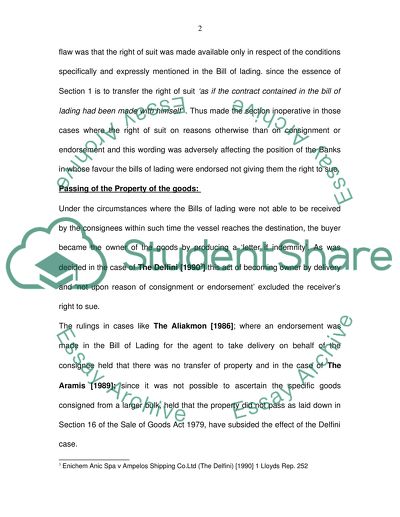Cite this document
(The Applicability of the UK Carriage of Goods Act 1992 to Modern Assignment, n.d.)
The Applicability of the UK Carriage of Goods Act 1992 to Modern Assignment. Retrieved from https://studentshare.org/law/1516547-modern-shipping-industry
The Applicability of the UK Carriage of Goods Act 1992 to Modern Assignment. Retrieved from https://studentshare.org/law/1516547-modern-shipping-industry
(The Applicability of the UK Carriage of Goods Act 1992 to Modern Assignment)
The Applicability of the UK Carriage of Goods Act 1992 to Modern Assignment. https://studentshare.org/law/1516547-modern-shipping-industry.
The Applicability of the UK Carriage of Goods Act 1992 to Modern Assignment. https://studentshare.org/law/1516547-modern-shipping-industry.
“The Applicability of the UK Carriage of Goods Act 1992 to Modern Assignment”, n.d. https://studentshare.org/law/1516547-modern-shipping-industry.


